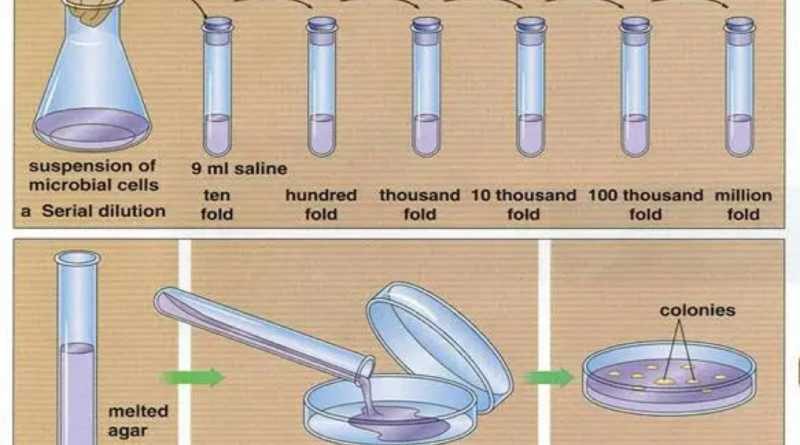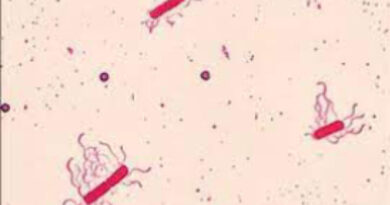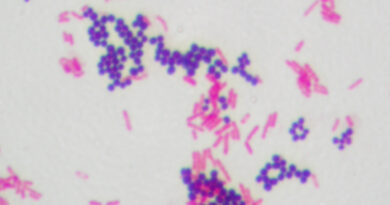Isolation Of Pure Culture
If we talk about natural habitats of microorganism, they are so numerous that different type of bacteria can grow on a very small piece of natural habitat.
Here it would be difficult to study one bacterial colony and to identify the bacteria for particular symptom, it is necessary to get its pure colony in the laboratory.
So, we can say, one need a pure culture, a population of cells arising from a single cell, to characterize an individual species. Only after getting pure culture of bacteria we can study different drugs and can link a bacteria to a pathogenic disease.
Within about 20 years after the development of pure culture techniques most pathogens responsible for the major human bacterial diseases had been isolated.
There are several ways to prepare pure cultures; a few of the more common approaches are reviewed here.
The Spread Plate And Streak Plate Method
If a mixture of cells is spread out over an agar surface at a relatively low density, every cell grows into a completely separate colony, a macroscopically visible growth or cluster of microorganisms on a solid medium. Because each colony grown from a single cell, each colony can be treated as pure culture of that bacteria.
The spread plate method is an easy, direct way to get such result. A small volume of diluted microbial mixture containing around 30 to 300 cells is transferred to the center of an agar plate and spread evenly over the surface with a sterile bent glass rod. The dispersed cells develop into isolated colonies. Because the number of colonies should equal the number of visible organisms in the sample, spread plate can be used to count the microbial population.
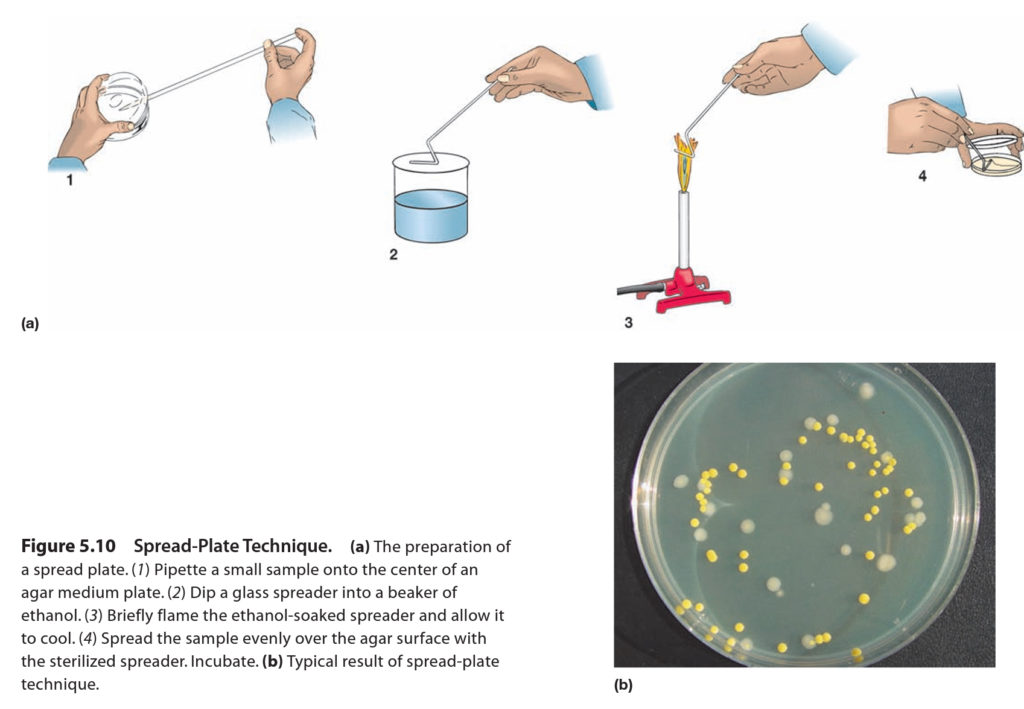
Pure colonies can also be obtained by streak plate method. In which, the microbial mixture is transferred to the edge of an agar plate with an inoculating loop or swab and then streaked out over the surface in one of several patterns. After the first sector is streaked, the inoculation loop is sterilized and an in oculus for the second sector is obtained from the first sector. A similar process is followed for streaking the third sector, except that the in oculus is from the second sector. Thus it act as a dilution process. Eventually, very few cells will be on the loop, and single cells will drop from it as it is rubbed along the agar surface. These develop into separate colonies.
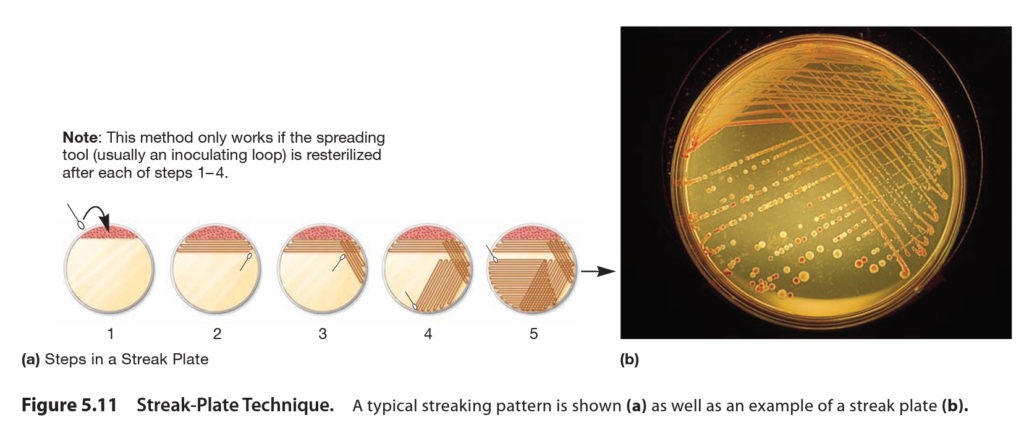
In both spread-plate and streak – plate techniques, successful isolation depends on spatial separation of single cells.
The Pour Plate Method
This method is extensively used with procaryotes and fungi, a pour plate also can yield isolated colonies. To achieve it from pour plate, the original sample is diluted several times to reduce the microbial population sufficiently to obtain separate colonies when plating. Then small volumes of several diluted samples are mixed with liquid agar that has been cooled to about 45 C, and the mixtures are poured immediately into sterile culture dishes.
After the agar has hardened, each cell is fixed in place and forms an individual colony. Like the spread plate, the pour plate method can be used to identify the number of cells in a population.
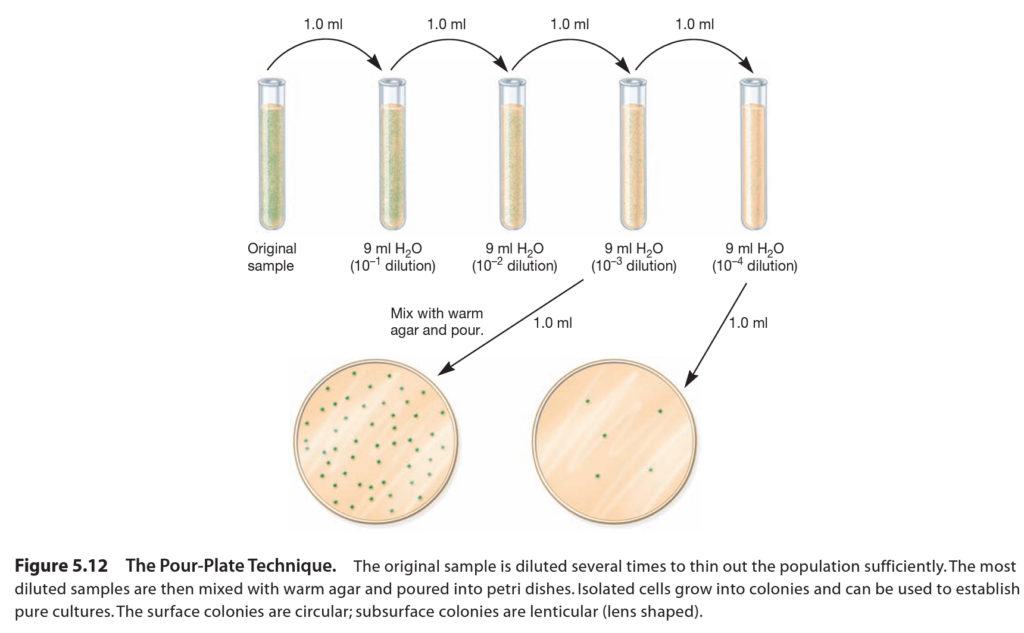
Colonies growing on the surface also can be used to inoculate fresh medium and prepare pure cultures.
